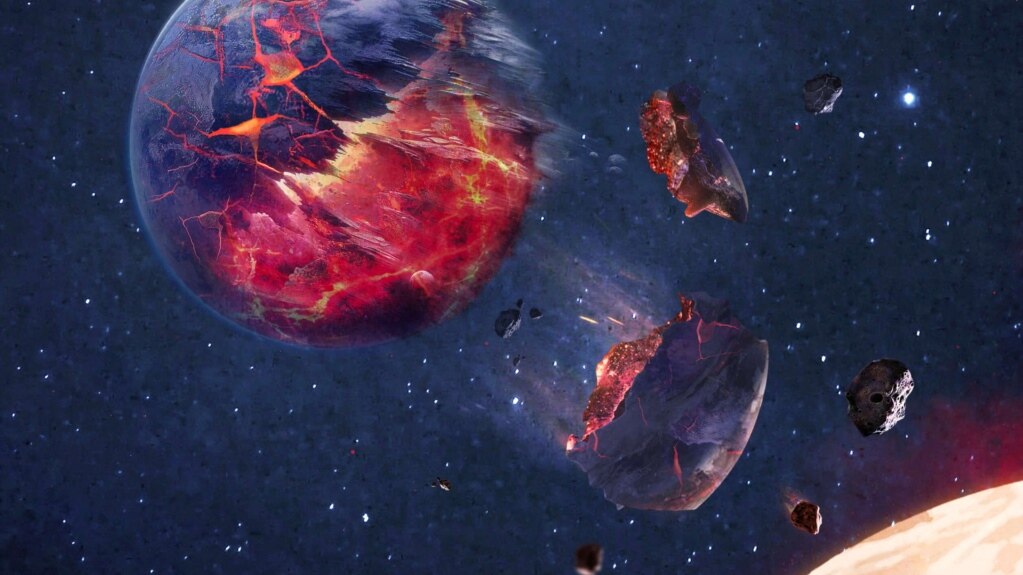A new study involving stars that formed together shows how lucky Earth is to be in a normal planetary system.
Researchers studied 91 pairs of stars that formed together and were similar in size and substance. Their research showed that a surprising number showed signs of having absorbed a planet.
The stars likely absorbed a planet after it was pushed out of a stable orbit. This might have been caused by gravitational influences from other planets or even other stars.
The stars involved are being called “twins” because they formed together. The researchers call them “co-natal stars,” and they had equal masses and ages.
These “twins” were moving in the same direction in the Milky Way galaxy but were not connected by gravity.
Researchers chose the twin stars because a star’s chemistry likely changes when it absorbs a planet. The planet would introduce amounts of a few elements that are not present in a normal star.
The researchers looked for stars that were different from their twin. They also tried to identify elements in the stars that would show that a planet had been absorbed. Those elements include iron, nickel, or titanium.
In at least seven of the twin stars, one of the two stars showed signs of absorbing a planet.
Fan Liu of Monash University in Australia was the lead writer of the research that was released in the publication Nature.
Scientist Yuan-Sen Ting of the Australian National University and The Ohio State University helped write the study. He commented that the research really shows what a lucky position Earth is in. He said, “The stability of a planetary system like the solar system is not a given.”
The researchers used the European Space Agency’s Gaia space observatory to find the twin stars. They also used telescopes in Chile and Hawaii to identify the chemical elements present in the stars.
The stars were as close as 70 light years from Earth and as far as 960 light years away. A light year is the distance light travels in a year, or 9.5 trillion kilometers.
The researchers said it is most likely that their observations showed that whole planets had been absorbed. But they added it was possible they were identifying planetary building blocks being absorbed during a system’s period of planet formation.
Some stars like our sun expand towards the end of their life. During this time, they might absorb nearby planets. Later, the stars collapse becoming very small, dense stars called white dwarves. Ting said all stars like the sun become much larger. Ting said Earth will be absorbed by the sun.
The stars in the study were not nearing the end of their life.
Instability in planetary systems might be more common than once thought. About eight percent of the twin stars studied had one star that likely absorbed a planet.
Ting said most planetary systems, like our solar system, should be stable. He said the reason is that planets are mostly influenced by their main star, not other planets in their system.
Ting added that for other planetary systems with different beginnings and conditions, this might break down. That might lead to instability.
Ting said the study shows that many planetary systems are unstable. That means there are always planets thrown into or out of these systems.
Since only a small percentage of these planets are absorbed, there might be more planets than once thought traveling in exile without a star to orbit.
Ting said, “Understanding which planetary systems are stable or not is a long-time goal of planetary dynamics theorists.”
I’m Gregory Stachel.

